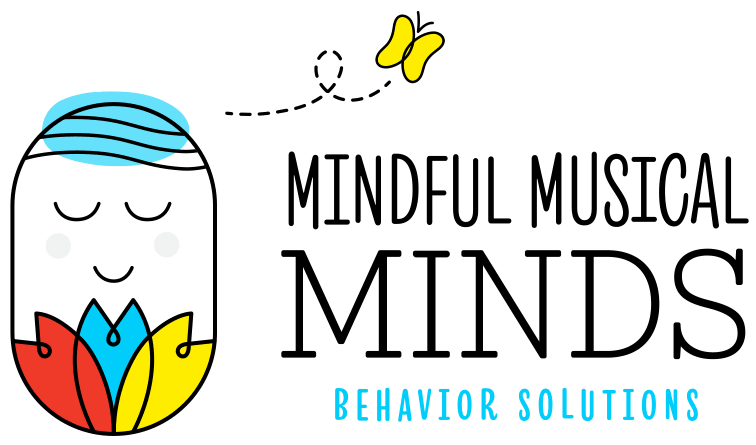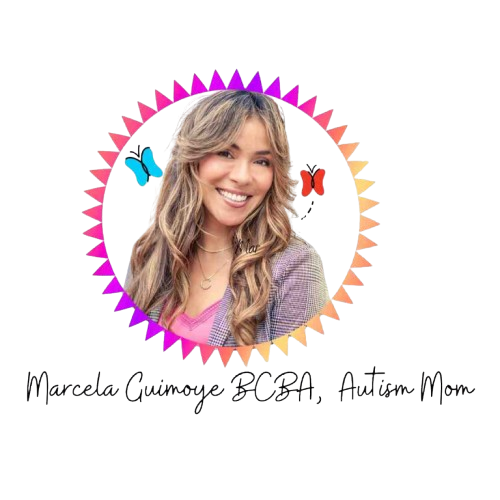As a parent, realizing your child may need an autism diagnosis and therapy services like ABA can feel overwhelming. There’s so much information out there, and it’s easy to get caught up in the diagnosis itself. But here’s something important to know: the treatment doesn’t change based on the diagnosis. No matter where your child falls on the spectrum, ABA therapy and other interventions will still target the same developmental and behavioral goals.
In this post, I’ll walk you through the process of getting a diagnosis, starting ABA therapy, and—yes—how to get these services covered by insurance. Let’s break it down step by step.
1. The Diagnosis Process: Why It’s a Starting Point, Not the Final Answer
The process begins when you recognize developmental delays or behavioral differences in your child. Many parents worry about what a formal diagnosis will mean, but here’s the truth: a diagnosis is just the beginning, not the end. It’s a tool that opens doors to services like ABA therapy, speech therapy, and occupational therapy.
While the diagnosis itself doesn’t dictate the exact treatment, it helps create a pathway to resources that support your child’s growth.
Tip: Approach the diagnosis process as a way to access the tools your child needs. Whether your child is diagnosed with “autism,” “developmental delay,” or another condition, the therapies and strategies will focus on improving skills and behaviors.
2. Getting a Referral for an Evaluation
If you suspect your child may be on the autism spectrum, your first step is to contact your pediatrician. They’ll likely refer you to a specialist, such as a developmental pediatrician, psychologist, or neurologist, for a comprehensive evaluation.
Remember, the evaluation isn’t just about labels; it’s about understanding your child’s strengths and areas of need.
Tip: It’s normal to feel anxious about the evaluation, but trust that the end goal is to identify how your child learns best and what kind of support will help them thrive.
—
3. Diagnosis in Hand—Now What?
Once you have the diagnosis, many parents feel a sense of relief, while others might feel overwhelmed. Either reaction is totally normal. The important thing to remember is this: the diagnosis doesn’t change your child’s potential, and it doesn’t change the way ABA therapy will be tailored to their needs.
Whether your child is diagnosed as mild, moderate, or severe on the spectrum, the treatment plan will focus on:
– Communication and language skills
– Social interactions
– Adaptive behavior (like daily living skills)
– Managing challenging behaviors
– Play skills
Tip: Don’t get bogged down in the severity of the diagnosis. What matters most is that your child gets started with the right interventions.
—
4. Starting ABA Therapy: A Consistent Approach, No Matter the Diagnosis
ABA (Applied Behavior Analysis) is considered the gold standard of treatment for children with autism. But here’s the key point: ABA therapy is individualized for every child, no matter where they are on the spectrum. Whether your child has a mild or more severe form of autism, the principles of ABA stay the same.
The treatment focuses on reinforcing positive behaviors, teaching new skills, and reducing behaviors that interfere with learning. It’s adaptable to meet your child’s specific needs, regardless of the diagnosis label.
Tip: When starting ABA, know that your child’s unique behaviors and learning style are what guide the therapy, not just the diagnosis. Your ABA team will develop goals that align with their specific strengths and challenges.
—
5. How to Get ABA Services Covered by Insurance
Now, here comes the big question: How in the heck do I get these services covered by insurance? It can feel like a mountain to climb, but many insurance plans are now required to cover ABA therapy for children with autism. Here’s how to start:
Step 1: Understand Your Insurance Coverage
Check with your insurance provider to confirm if they cover ABA therapy. Some plans may require pre-authorization, specific diagnosis codes, or recommendations from a specialist.
Tip: Call your insurance company directly and ask questions like:
– Do you cover ABA therapy?
– What documentation do I need to get approval?
– Are there any limits on the number of hours or sessions?
Step 2: Get a Prescription or Referral
Most insurance companies require a prescription for ABA therapy from a licensed provider (Clinical psychologist, neurologist or pediatrician). Once your child receives an autism diagnosis, request this prescription from your medical doctor.
Tip: Make sure the prescription includes specific details, like the recommended number of therapy hours.
Step 3: Submit Documentation
Work with your ABA provider to submit the necessary paperwork to your insurance company. This usually includes the diagnosis, a prescription for therapy, previous evaluations, and a treatment plan. Your provider will guide you through this process.
Tip: Stay proactive. Follow up with your insurance company to ensure they’re processing your request in a timely manner.
Step 4: Track Your Coverage
Once therapy begins, keep track of how many hours are covered and whether your child’s treatment is progressing under your insurance plan. ABA services are often covered in “blocks” of hours, so it’s important to monitor how those hours are being used.
Tip: Always review your insurance’s Explanation of Benefits (EOB) to make sure services are being billed and covered correctly.
6. Focus on the Treatment, Not the Diagnosis
It’s easy to get caught up in the label your child receives during the diagnostic process. But it’s important to remember: the treatment is the same regardless of whether your child is diagnosed as mild, moderate, or severe. ABA therapy will focus on skill-building, behavior management, and communication, all individualized for your child’s needs.
Tip: Trust the process. The focus is on helping your child grow and succeed, one step at a time.
Final Thoughts: You’ve Got This!
Navigating the process of getting an autism diagnosis and starting ABA therapy can feel daunting. But remember, you don’t have to tackle everything at once. Take it step by step—focus on getting the evaluation, securing insurance coverage, and then starting the therapy your child needs. The diagnosis helps unlock resources, but it’s the therapy and support that will help your child make meaningful progress.
Resource Section:
– [Autism Speaks: ABA Therapy and Insurance Guide](https://www.autismspeaks.org/insurance-coverage)
– Books: ‘The Autism Sourcebook’ by Karen Siff Exkorn, ‘Overcoming Autism’ by Lynn Kern Koegel and Claire LaZebnik
– Websites: [The Autism Society](https://www.autism-society.org)





